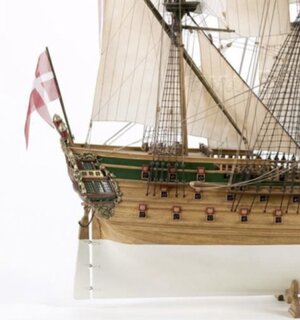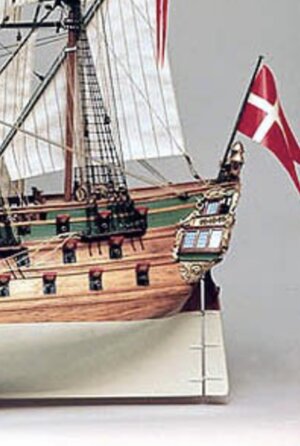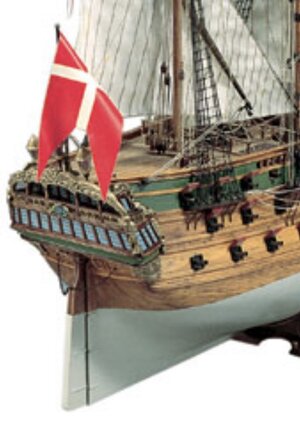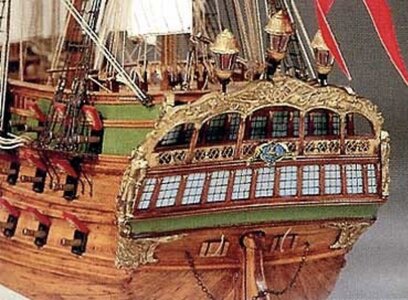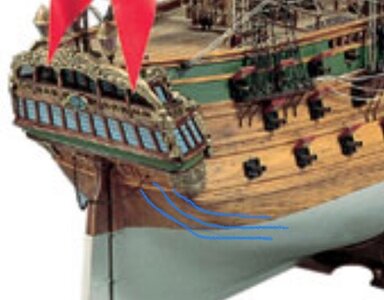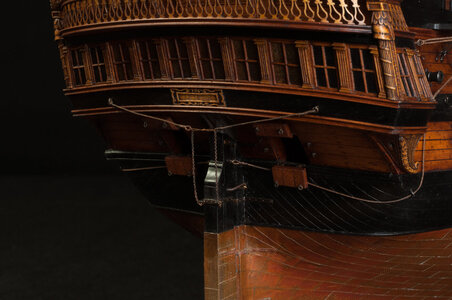Here is a plank that has been tapered at the bow and stern, and beveled on the opposite side. I taper on the side that faces the keel and bevel on the top side that faces the deck. It is pre bent at the bow. It will be soaked and glued on up to the stern frame where the bend is needed. At that point I bend it and adjust the final length, then glue that last section down.
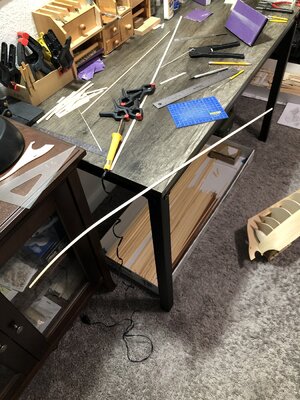
I have now completed the first belt of 6 planks on the starboard side. Now it’s time to repeat on the port side.
Here is a picture of the bow, with light sanding. A final sanding will be required once I finish the entire hull! There is a few tiny gaps, but those will actually fill in with stain or paint, when the time comes. So I’m not too concerned with any of those at this point. As long as there are no large gaps, it’s all good!
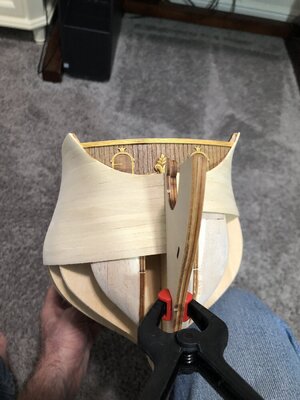
You can see the difference in progress after 6 planks, or 1 belt. There is 4 belts per side, so this represents 25 percent of the planking for the lower hull on one side!
Here is an overall pic…
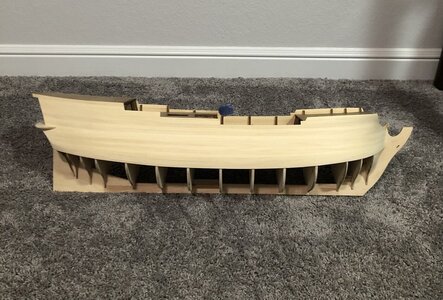
Here is an overall showing the planking at the stern. It is going well so far!
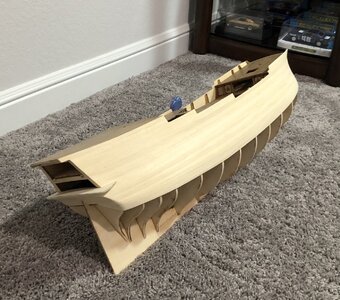
Onward we go! I’m averaging about 2 boards a day! This could take another 3 weeks or more to complete the hull planking. Then another couple of days for final sanding. Then things will start happening quicker!

I have now completed the first belt of 6 planks on the starboard side. Now it’s time to repeat on the port side.
Here is a picture of the bow, with light sanding. A final sanding will be required once I finish the entire hull! There is a few tiny gaps, but those will actually fill in with stain or paint, when the time comes. So I’m not too concerned with any of those at this point. As long as there are no large gaps, it’s all good!

You can see the difference in progress after 6 planks, or 1 belt. There is 4 belts per side, so this represents 25 percent of the planking for the lower hull on one side!
Here is an overall pic…

Here is an overall showing the planking at the stern. It is going well so far!

Onward we go! I’m averaging about 2 boards a day! This could take another 3 weeks or more to complete the hull planking. Then another couple of days for final sanding. Then things will start happening quicker!




 The planking once more bears your signature mark of meticulous work and careful planning! Now it's just a case of buckling down and getting on with it!
The planking once more bears your signature mark of meticulous work and careful planning! Now it's just a case of buckling down and getting on with it!

